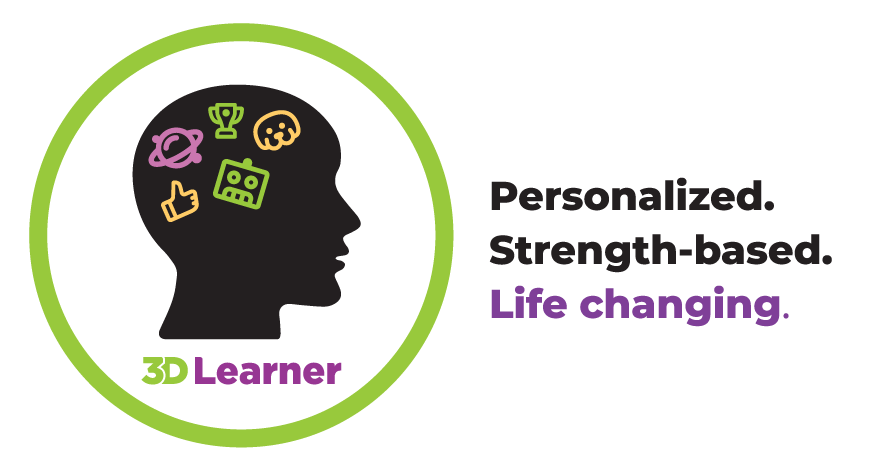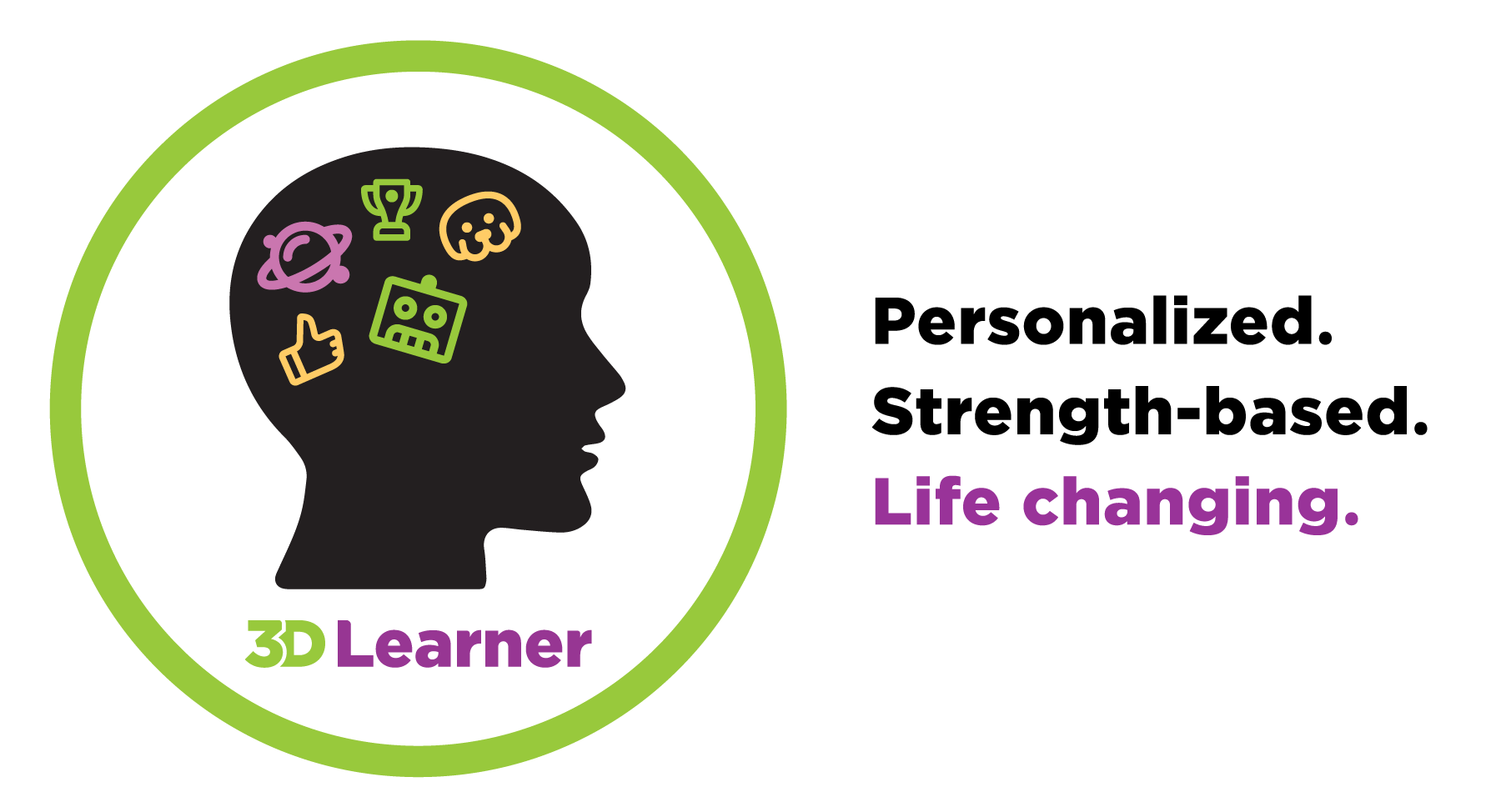Words can confuse and overwhelm many children. Confusion inevitably leads to frustration, for both the students and their parents. This is especially true for kids who learn differently. Traditional written and verbal instructions are often the reason why smart students can struggle in school.
Most of the bright, creative students we work with are right-brain learners who are trying to figure out how to function in a left-brain world.
- Right brain learners usually think in pictures and are often confused by too many words. Long explanations can be problematic.
- As smart as they are, they often cannot understand the language to create a picture of what is being asked. If they misunderstand your directions, they are likely to do the wrong thing.
- They get frustrated or anxious by their inability to do homework or other activities correctly because they just ‘can’t picture’ the problem or solution. Once they see the challenge, they can solve it.
Picture another approach
One of the easiest ways to help a right-brain learner understand a situation is to use visual descriptions, not just words.
Once, when playing golf with my son, he asked me where to hit a golf shot. I told him “15 feet to the right of the tree.” That description was not clear enough for him. So he hits his ball directly to the tree because the concept of 15 feet just didn’t register with him.
On the next hole, he asked the same question and I responded, “Hit towards the water tower.” Though the tower was far off, it gave him the perfect line to the target. Of course, he hit it right towards the tower, a perfect shot. He could easily follow the instructions that created the right picture in his brain.
Conveying clear consequences helps, too. For example, at a swimming pool, you may tell your child “Don’t run” but the word ‘don’t’ doesn’t register with many kids. But shifting your instructions to “walk slowly so everyone is safe’ is likely to be far more effective.
Try giving your child the right picture of what you want and why and keep it short. Once you get in the habit of using words that create clear direction, you’ll see dramatic improvement.
Stay calm
Raising a right-brained learner in a left-brained world poses many challenges. You know how easily your child can get frustrated or closed off. It’s only natural when that happens for you to get frustrated as well. But it is essential to always try to stay as calm as possible. Stepping back, taking a deep breath, and continuing to talk calmly and sensitively will do far more to alleviate the situation. If your child senses you are frustrated, they will pick up on and magnify that negative energy.
3D Learner has developed tools that can help both students remain calm and resilient in the face of frustration.
Wouldn’t it be great if everyone could just stay calm, cool, and collected?
If we want our kids to remain calm and capable then we, as parents, need to model that behavior. But even the best of parents can lose it. When we do, apologizing is something kids need to see to learn how they can do it, too.
So next time you feel yourself starting to reach your wit’s end, consider the following:
Take a deep breath and wait a bit before you talk. This will give you the time to collect yourself and come up with another way to approach the situation. A technique a famous quarterback uses on the sidelines is 4 count breathing. Take a deep breath for a count of four. Then hold it for another 4 counts. And then exhale for a count of four. It’s an amazingly effective technique.
Keep your voice low and calm (as much as you may want to scream!) Kids are listening to our tone WAY more than they are listening to our words. Right-brained learners tend to mirror or copy what they see/experience.
Surround yourself with calming things (artwork, imagery, knickknacks, etc). Just the way your child learns visually, you may too. When you feel stress rising, spend some time observing and appreciating calming artwork. You can have a private shrine or place them all around the house to help everyone. It doesn’t matter whether it’s a landscape, a family portrait, a favorite painting, a beloved quilt, it can be anything so long as it helps you relax.
Challenge yourself. Set a goal of staying calm for X amount of days and see how you do. How about for a week to start? Track how your progress each day. You’ll find once you get into the habit, it can stick.
Ask for help. If you feel stress rising too frequently, talk to people about it. Tell a close friend or family member how the stress makes you feel and what triggers it. From coffee with your best friend to yoga classes to therapy, there are more options for support than you can imagine. We’re happy to talk with you, too.
If you would like to have a conversation on your child’s strengths, challenges, and how you can make the difference, you can either call us at 561-361-7495 or book time on our calendar here.





